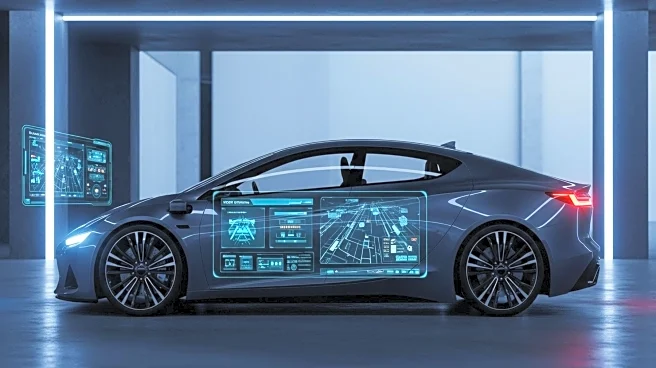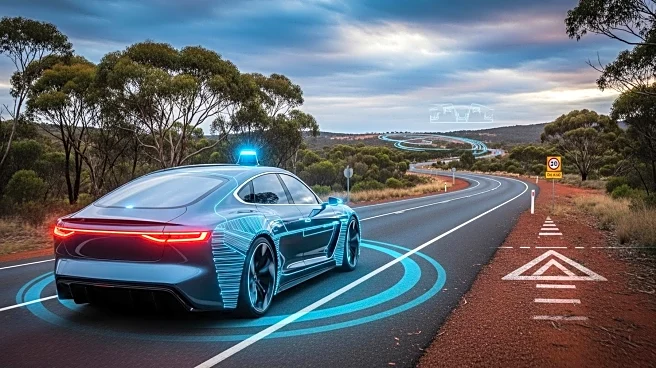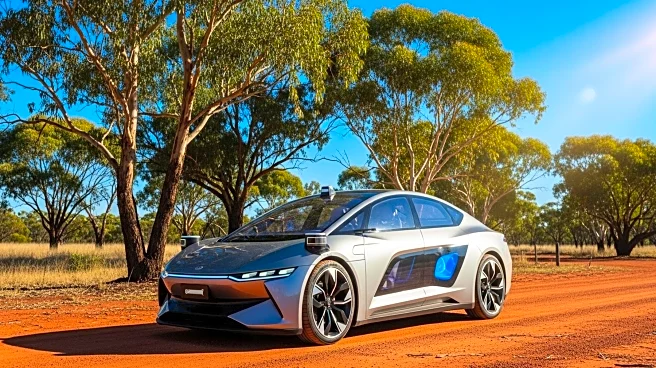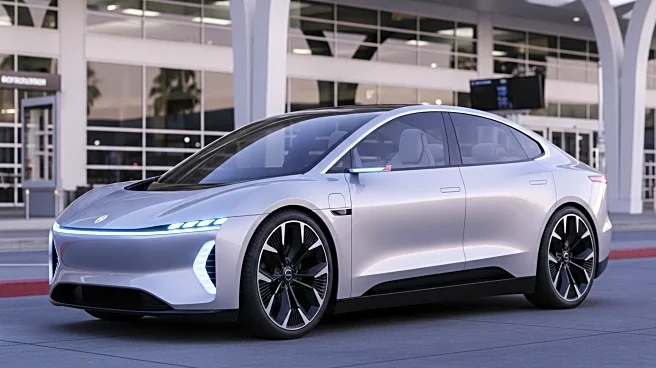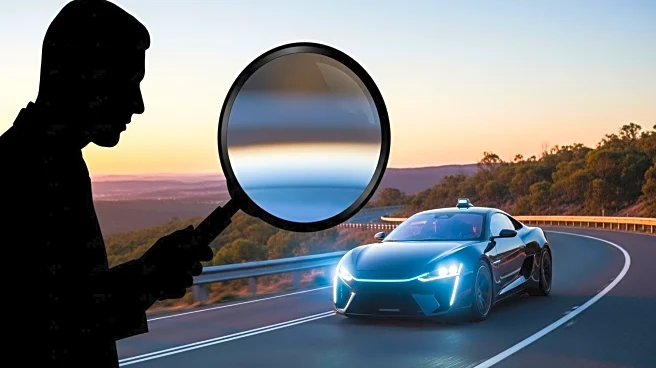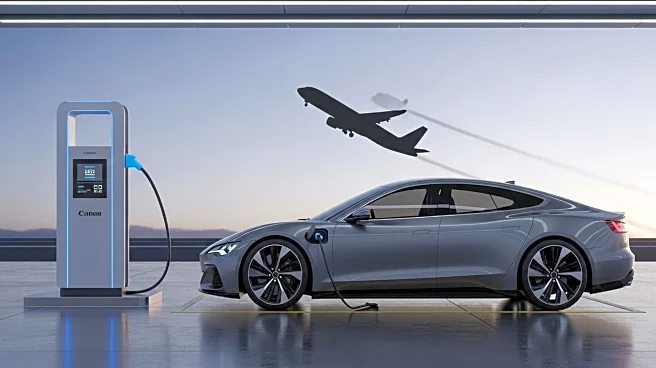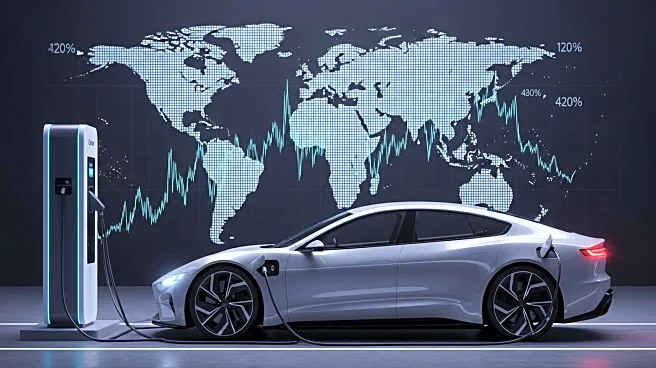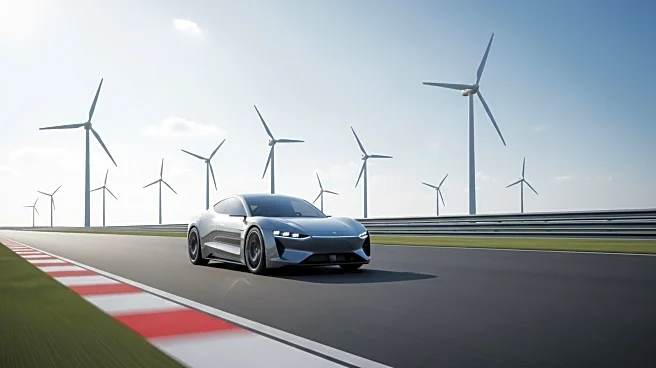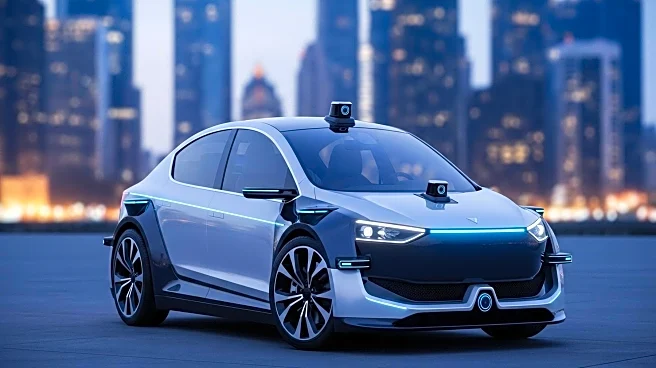What's Happening?
Tesla has quietly changed the definition of its Full Self-Driving (FSD) technology, which has been a source of controversy due to its name suggesting full autonomy. The technology is classified as Level 2 Autonomy, requiring drivers to be ready to take control at any time. Tesla's new definition describes FSD as an 'advanced driving system' capable of providing 'autonomous or similar functionality under specified driving conditions.' This change aligns with the U.S. National Transportation Safety Board's classification and aims to address concerns over false advertising.
Why It's Important?
The redefinition of FSD reflects Tesla's response to regulatory scrutiny and legal challenges, including a lawsuit from the California DMV for false advertising. By clarifying the capabilities of FSD, Tesla aims to mitigate legal risks and align with industry standards. This move also highlights the challenges automakers face in marketing advanced driver-assistance systems, as public perception and regulatory frameworks evolve. The change may influence consumer trust and adoption of Tesla's autonomous features, impacting the company's reputation and market position.
Beyond the Headlines
The broader implications of Tesla's redefinition of FSD include potential shifts in industry practices and regulatory approaches to autonomous vehicle technology. As automakers continue to develop and market advanced driver-assistance systems, clear communication and transparency will be crucial in building consumer confidence and ensuring safety. The evolving legal landscape may also prompt other companies to reassess their marketing strategies and product definitions.
